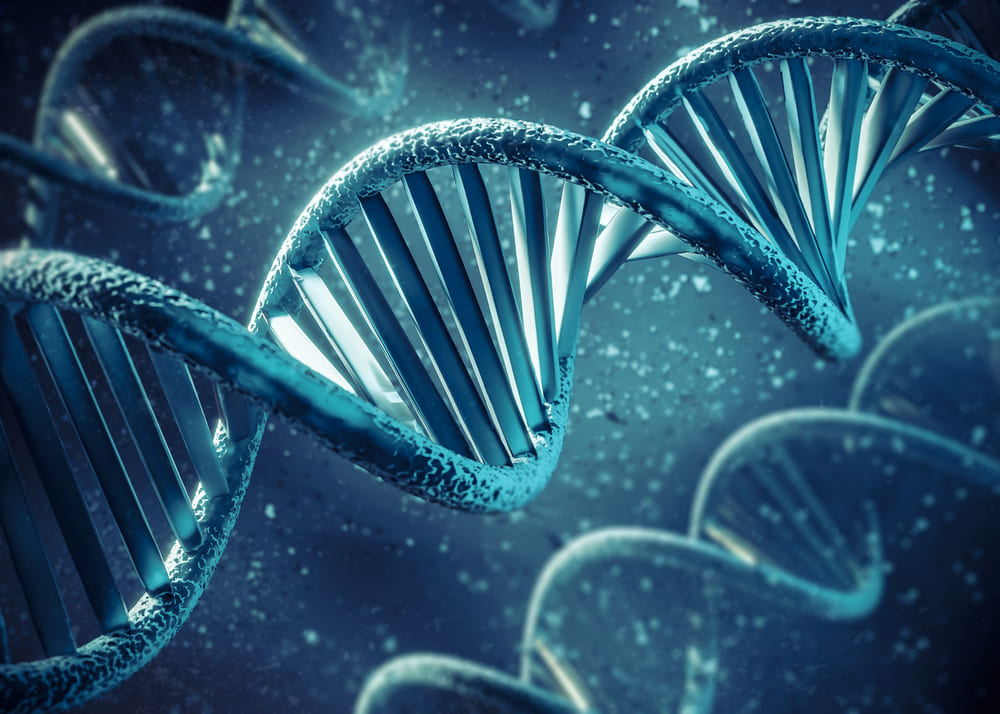Every April 25th, the world commemorates DNA Day, a date that honors one of the most important scientific discoveries of the 20th century: the double helix structure of deoxyribonucleic acid (DNA). Since its discovery in 1953 by James Watson and Francis Crick, DNA has revolutionized the way we understand life, inheritance, diseases, and especially reproductive medicine and genetics.
In this article, we will explore the importance of DNA, how it has impacted the development of medical treatments—particularly in fertility and assisted reproduction—and why it remains a key pillar of future medicine.
What Is DNA and Why Is It Celebrated?
DNA (deoxyribonucleic acid) is the molecule that contains the genetic information of all living beings. It is found in the nucleus of every cell and is responsible for transmitting hereditary characteristics from one generation to the next.
The celebration of DNA Day dates back to April 25, 1953, when the article describing the structure of DNA was first published in the journal Nature. This discovery allowed the scientific community to understand how genetic information is copied and transmitted, laying the foundation for fields such as genetic engineering, molecular diagnostics, gene therapy, and personalized medicine.
The Structure of DNA: The Language of Life
The famous DNA double helix is much more than an iconic image of science. It is formed by two twisted strands that contain millions of combinations of four nitrogenous bases: adenine (A), thymine (T), cytosine (C), and guanine (G). These bases pair specifically (A with T and C with G), creating a code that instructs our cells on how to function, reproduce, and stay alive.
This genetic code is unique to each person (except for identical twins), which explains why we are all different, and at the same time, why we share so many similarities with our relatives.
DNA in Modern Medicine
The discovery of DNA opened the door to the development of genetic tests that allow for the identification of hereditary mutations, disease predisposition, genetic compatibility, and much more. In the field of medicine, this has completely transformed the diagnosis and treatment of multiple conditions.
Today, thanks to DNA knowledge, procedures such as:
- Paternity and kinship tests
- Diagnosis of rare genetic diseases
- Genetic compatibility studies for organ donation
- Detection of hereditary risks for diseases such as breast cancer, colon cancer, or cardiovascular diseases
- Personalized treatments based on the patient’s genetic profile
can all be performed.
DNA and Fertility: A Revolution in Assisted Reproduction
One of the fields where DNA has had the greatest impact is reproductive medicine. In fertility clinics around the world, genetic testing has become an essential tool to increase the chances of achieving a healthy pregnancy.
How is DNA testing applied in fertility treatments?
- Preimplantation Genetic Testing (PGT-A, PGT-M)
During an In Vitro Fertilization (IVF) treatment, embryos can be analyzed before transfer to the uterus through genetic tests like PGT-A (Preimplantation Genetic Testing for Aneuploidies), which detects chromosomal abnormalities.
There is also PGT-M, useful for identifying monogenic diseases such as cystic fibrosis or muscular dystrophy.
These types of tests increase success rates by selecting genetically healthy embryos and help prevent the transmission of hereditary diseases. - Genetic Compatibility Test
More and more couples are undergoing genetic compatibility testing to determine whether both carry recessive mutations that could affect their future children. This analysis is key in processes such as gamete donation (eggs or sperm). - Male and Female Fertility Evaluation
Genetic studies can detect hidden causes of infertility, such as gene mutations affecting spermatogenesis or genetic issues impacting ovarian function.
Cases Where DNA Makes the Difference
Many people facing unexplained fertility problems find answers through comprehensive genetic testing. For example:
- Women with recurrent miscarriages may discover chromosomal abnormalities that affect embryo viability.
- Men with low sperm count may present Y chromosome microdeletions that affect their reproductive capacity.
- Couples with a family history of genetic diseases can prevent transmission through IVF with PGT-M.
The Future of DNA in Reproductive Medicine
The sequencing of the human genome has opened new lines of research in fertility, embryology, and reproductive genetics. In the near future, we can expect:
- Greater integration of artificial intelligence to analyze genetic profiles
- Advances in gene therapy to correct mutations responsible for infertility
- Creation of more precise genomic profiles to further personalize assisted reproduction treatments
- Applications of genetic editing under strict ethical and legal framework.
Ingenes: Leaders in Genetics and Fertility
At Ingenes, genetics is an essential part of our treatments. We have our own genetics laboratory and the support of specialists in genetic diagnosis, embryology, reproductive medicine, and genetic counseling.
We offer studies such as:
- PGT-A and PGT-M
- Genetic compatibility testing
- Personalized evaluations for male and female genetic infertility
- Gamete donation programs with thorough genetic analysis
In each of our programs, the goal is clear: to maximize the chances of a healthy pregnancy and a baby without hereditary conditions.
Conclusion
DNA Day not only celebrates a historic discovery but also the power of science to transform lives. Thanks to the study of DNA, today we can prevent diseases, better understand our reproductive health, and increase the chances of forming a healthy and happy family.
If you’re facing fertility issues or want to learn more about how your genetic profile can influence your plans to have a baby, we invite you to reach out to Ingenes. Genetics is a powerful tool, and in the right hands, it can help you achieve what you want most: your baby.

